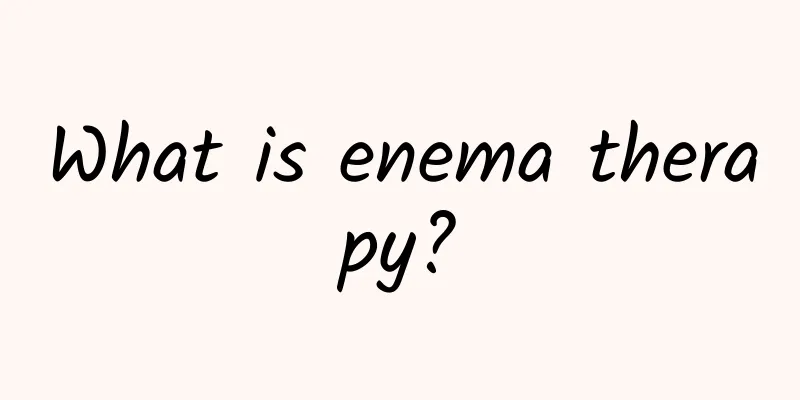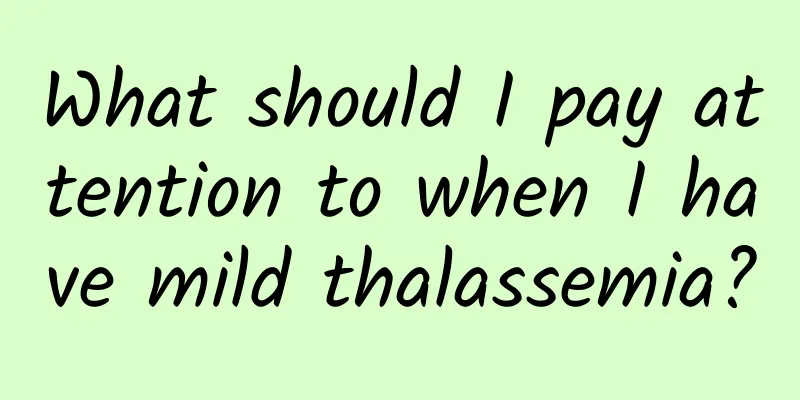What to do if you have a sudden myocardial infarction

|
In life, many people will die of young lives due to sudden myocardial infarction. This is not uncommon. In order to prevent the occurrence of myocardial infarction, we must prevent sudden myocardial infarction. When a myocardial infarction suddenly occurs, the patient should be taken to the hospital for treatment immediately. Be careful on the way, do not shake the car for too long, keep the patient lying flat, and then use appropriate methods to slowly adjust and recover, so as to save the patient's life. Treat aura symptoms promptly and aggressively The onset of prodromal symptoms may be a sign of an impending myocardial infarction. It is advisable to advise patients to be hospitalized and to take timely and active measures to treat myocardial infarction, which can reduce the chance of myocardial infarction in these patients. [2] Treatment of acute myocardial infarction During this period, the treatment principle should be to protect and maintain heart function, save dying myocardium, prevent the expansion of infarction, reduce the scope of myocardial ischemia, and deal with various complications in a timely manner. We strive to ensure that patients not only survive the acute and dangerous stage, but also retain more functional myocardium after recovery and maintain a more effective life. Acute myocardial infarction occurs suddenly and should be detected and treated early, with strengthened pre-hospitalization treatment. The principles of treatment are to save the dying myocardium, reduce the area of infarction, protect heart function, and deal with various complications in a timely manner. 1. Monitoring and general treatment For patients without complications, they should stay in bed for 1 to 3 days during the acute phase; receive oxygen; and undergo continuous ECG monitoring to observe changes in heart rate, heart rhythm, blood pressure, and respiration. For patients with hypotension or shock, capillary wedge pressure and venous pressure should be monitored when necessary. Low salt, low fat, eat small meals frequently, and keep bowel movements regular. After 3 days, patients without complications gradually transitioned to sitting in a chair next to the bed to eat, urinate, and move around indoors. Patients can usually be discharged from the hospital within 2 weeks. For patients with heart failure, severe arrhythmias, hypotension, etc., the bed rest time and discharge time need to be extended as appropriate. 2. Sedation and analgesia Small doses of intravenous morphine are the most effective analgesic; pethidine can also be used. Those who are irritable and nervous can be given diazepam (Valium) orally. 3. Adjust blood volume Establish intravenous access as soon as possible after admission, and slowly replenish fluids in the first 3 days, paying attention to the balance of intake and output. 4. Reperfusion therapy to reduce infarct areaReperfusion therapy is the main treatment measure for acute ST-segment elevation myocardial infarction. Opening the blocked coronary artery and restoring blood flow within 12 hours of onset can reduce the area of myocardial infarction and reduce mortality. The earlier the coronary artery is reopened, the greater the benefit to the patient. "Time is myocardium, time is life." Therefore, a diagnosis must be made as soon as possible for all patients with acute ST-segment elevation myocardial infarction, and a reperfusion therapy strategy must be developed as soon as possible. (1) Primary coronary intervention (PCI) In hospitals with emergency PCI conditions, if the first balloon dilatation can be completed within 90 minutes of the patient's arrival at the hospital, all patients with acute ST-segment elevation myocardial infarction within 12 hours of onset should undergo direct PCI treatment, with balloon dilatation to reopen the coronary artery and stent placement if necessary. In the acute phase, only the infarct-related artery is treated. Patients with cardiogenic shock should be treated with direct PCI regardless of the onset of the disease. Therefore, patients with acute ST-segment elevation myocardial infarction should seek treatment in a hospital with PCI facilities as much as possible. |
<<: What are the taboos of drinking Huanglian soaked in water?
>>: The earliest and most prominent symptoms of myocardial infarction
Recommend
Symptoms of poor liver detoxification
Our human body has many important organs, such as...
Analysis of symptoms of rheumatism in traditional Chinese medicine
Our country has a vast territory. Throughout hist...
Do I need to apply Sanfutie every day?
To put it simply, Sanfutie is to apply the medici...
Prevention and treatment of bone hyperplasia
Osteophyte is a very common disease. This type of...
What are the effects and functions of camphor phenol?
Mothballs are a kind of daily necessity that ever...
Which Chinese medicine is effective in lowering blood sugar?
The blood sugar level in the human body is an imp...
How are thorn nests formed?
When it comes to the disease of corns, most peopl...
What is the normal value of follicles on the tenth day?
Women ovulate in every cycle, and only normal ovu...
What's the matter with the small fleshy ball at the vaginal opening?
A small fleshy ball at the vaginal opening may be...
What are some good ways to self-diagnose bad breath?
Sometimes you have bad breath but don't notic...
What to do if the nerves in your feet hurt
Because there are many meridians and acupoints in...
What to do if your eardrum is bleeding
Many people have the habit of picking their ears,...
Can anhydrous copper sulfate be used as a desiccant?
Anhydrous copper sulfate is often used as a desic...
What causes headaches? Here are nine reasons to know!
Headache is a common clinical symptom. There are ...
How long can polycystic ovary syndrome live?
In life, polycystic kidney disease is a relativel...









